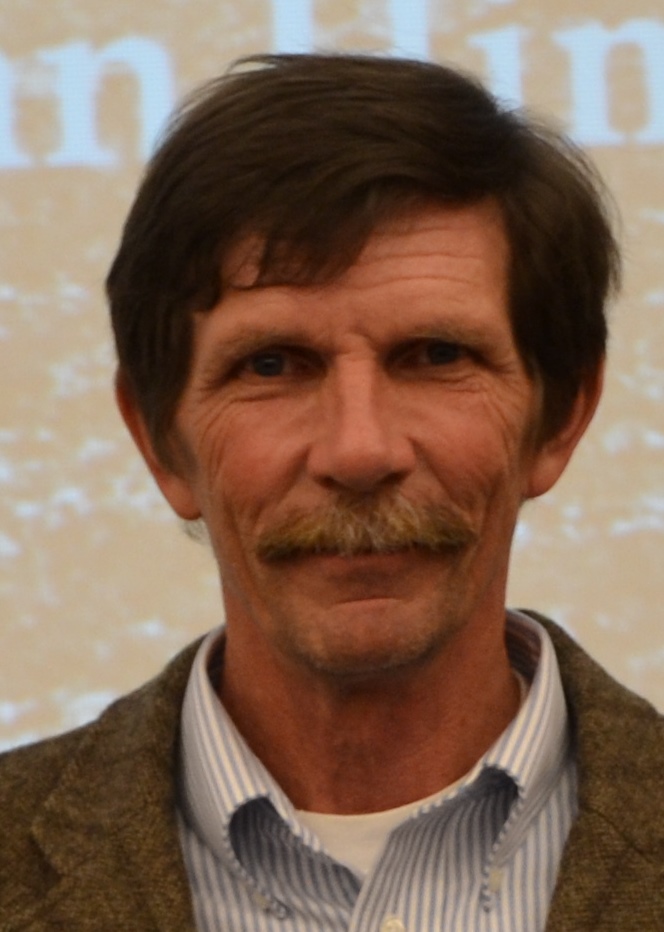David Putnam, archaeologist/climate scientist and University of Maine at Presque Isle faculty member, recently took part in the Comer Abrupt Climate Change conference, an annual conference that draws top leaders and scientists from around the world to Wisconsin to discuss abrupt climate change research.
Putnam found himself in the company of some high level scientists during the conference. In attendance were three members of the U.S. National Academy of Science, as well as Dr. Raymond Pierrehumbert of the University of Chicago, who was lead author of the Intergovernmental Panel on Climate Change report the year the panel received the Nobel Prize, and several Harvard, Princeton, and Columbia scientists, among others.
Topics at the conference ranged from capturing and recycling carbon dioxide to earthquakes caused by collapsing glaciers and how they’re adding to sea level rise. Putnam delivered a presentation on the Little Ice Age—the impact he argues that it had on the Mongol expansion across Eurasia, and how that illustrates the ways climate change impacts the rise and fall of civilizations. The Little Ice Age was the last period of extreme cooling prior to the climatic conditions known today. Scientists estimate that the Little Ice Age began somewhere between 1100 and 1300 A.D. and ended around 1850.
Putnam’s presentation was based on research that began with a trip to the Tarim Basin of northwestern China with his son Dr. Aaron Putnam, a climate scientist at Columbia University, and Dr. Chunzeng Wang, UMPI Associate Professor of Earth and Environmental Science. While in the Taklamakan desert, the team found centuries-old signs of water, including mud cracks, mollusk burrows, and wood samples. They took samples of the wood to find out when the trees germinated and pinpoint when that desert region allowed for vegetation.
What Putnam asserted in his presentation was that, in addition to the other factors that contributed to the rise of the Mongol Empire, climate needed to be part of the equation. The cooling period associated with the Little Ice Age lowered the snow line in the Asian mountains, creating a colder and wetter climate, Putnam said. This was a boon to the pastoralist Mongols, whose nomadic way of life depended on finding water and grass for their herds, and a problem for the oasis agriculture-centered Uyghurs in northwest China, who depended on irrigation systems for their crops and struggled in the shorter and colder growing seasons.
Putnam explained that because the Uyghurs, Khitans, and other groups who occupied the arid region south of Mongolia had recently transitioned from steppe pastoralism to agriculture, they responded to changing conditions by reverting to an economic emphasis on livestock and aligned themselves with the Mongols. This largely peaceful process of annexation resulted in more than doubling the size of the Mongol Empire.
Thus, the wetter climate provided more grass for the Mongols’ livestock and horses, but agricultural efforts like farming suffered. That, Putnam said, gave the Mongols a “perfect storm” of sorts for expanding their empire.
“Just as the German panzers ran on petroleum, Mongol armies ran on biomass,” Putnam said. “Each Mongol cavalryman had a horse and at least four remounts, in addition to the goats, sheep, cattle/yaks, and camels that the Mongols depended upon for subsistence. The expansion of grasslands into the desert regions as a result of Little Ice Age cooling provided the energy that fueled the Mongol Empire.”
